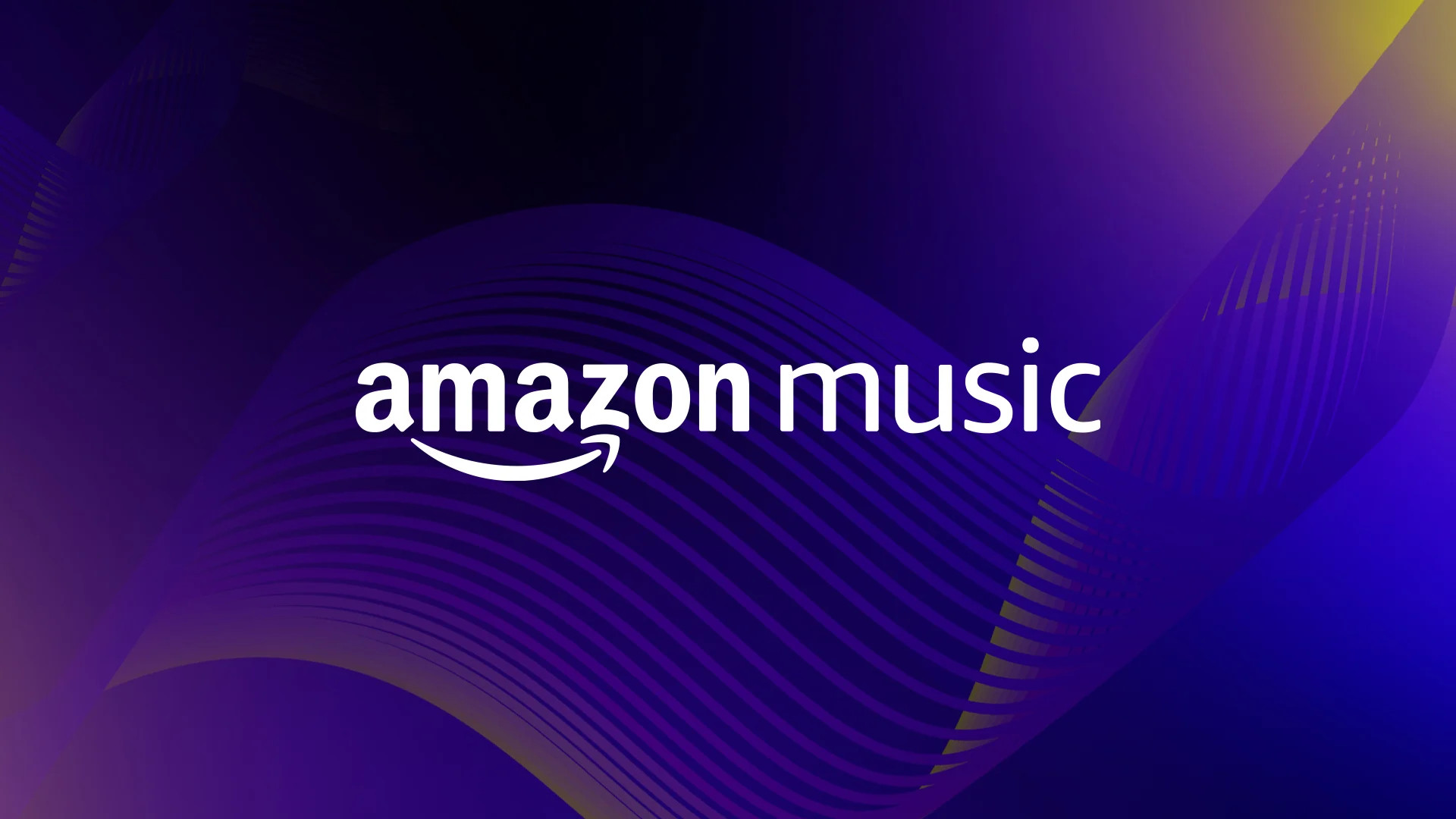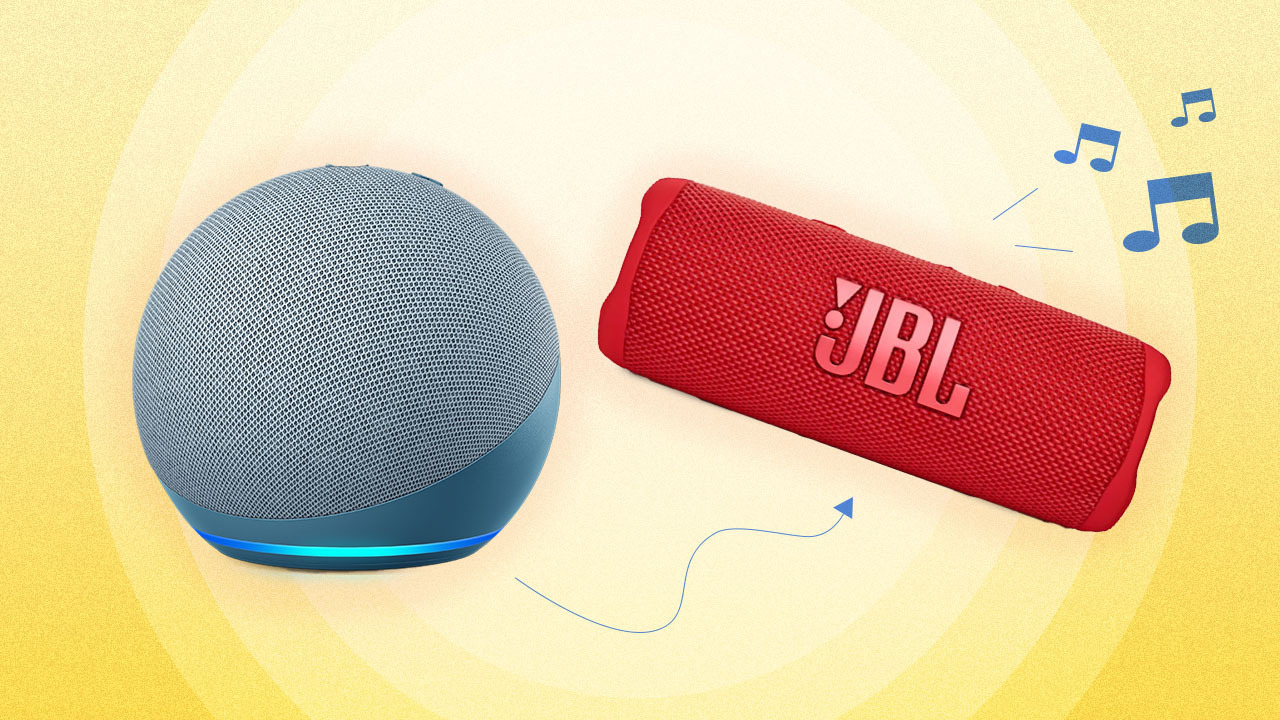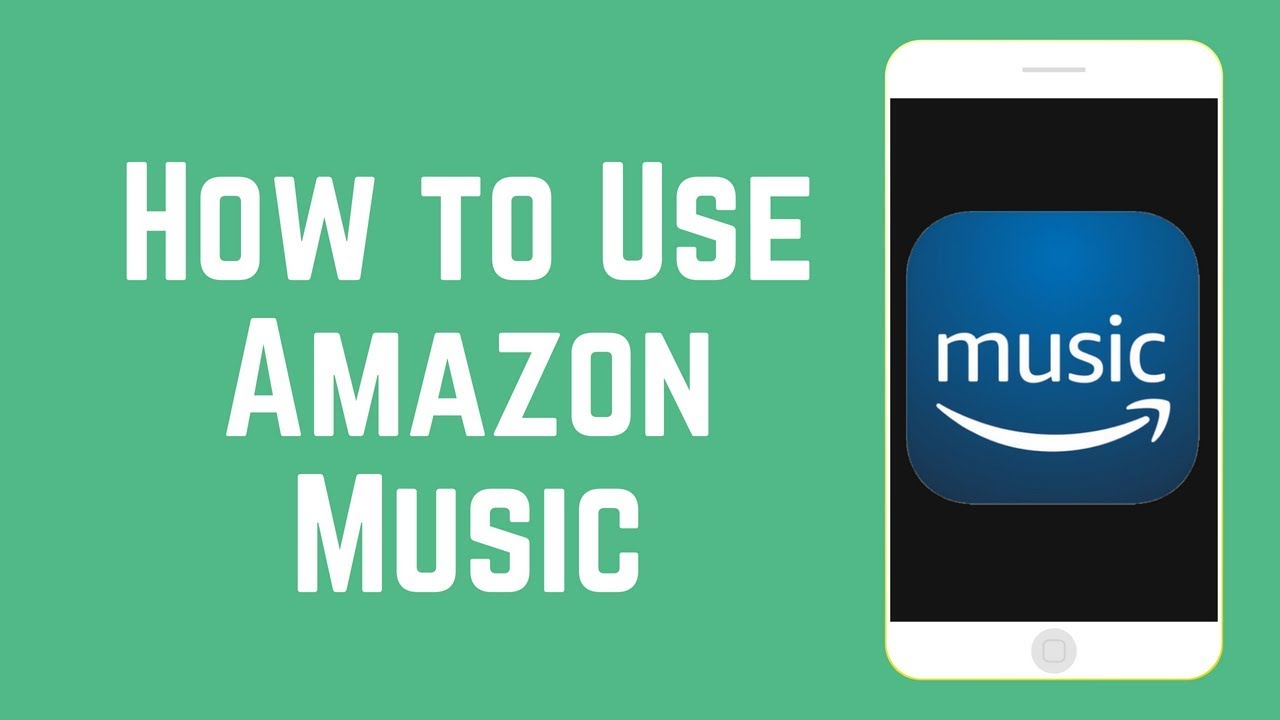Is Alexa always listening? The quick answer is yes, but it’s just a default listening pose for the device as it waits for your instructions. A Bloomberg article released several years ago caused a stir when it was revealed that interactions with Alexa were being recorded and saved. Some would stay in the cloud while some are sent for review to be used as input for the development of Alexa.
If you have fears that Alexa might be violating your privacy, rest assured that there are ways to protect yourself. Amazon has provided privacy controls to protect consumer privacy and to promote software transparency. In this article, we’ll look into how Alexa works and the role that recordings play in the development of Alexa. We’ll also teach you steps to prevent Alexa from listening in all the time.


What Is Amazon Alexa?
If you’ve ever owned an Amazon smart speaker, you should be familiar with Alexa. She’s the voice-controlled personal assistant that comes with the Amazon Echo range. These are portable, hands-free speakers with built-in microphones. Each speaker in the series is integrated with Alexa. The only other thing you’ll need to make it work is an internet connection. Alexa provides these devices the ability to receive voice commands and execute them.
Alexa has a long list of capabilities. You can check out the complete list of features through the official Amazon Alexa features page. Nonetheless, its most notable abilities are related to entertainment and communication tasks. Using voice commands, you can instruct Alexa to play music, podcasts, or audiobooks. You can also tune in to radio stations and online music sources. Alexa is also able to take calls from and make calls to other family members. You can also use the Echo speakers as a form of intercom or hands-free speakerphone. This allows you to “drop-in” and talk to family members who are in another room. You can even “drop-in” on family members who live elsewhere.
Alexa also functions as a hands-free search engine. It can perform basic searches on the internet and dictate the answers back to you. The program is also considered as a smart hub. This enables you to connect other smart devices. These can be integrated and controlled using Alexa as the command center. Other capabilities include booking appointments and scheduling deliveries. When it comes to hands-free multi-tasking, Alexa is an expert. But then again, you might already know how wonderful Alexa is in terms of features. The real question here is essentially “is Alexa always listening?”
Is Alexa Always Listening?


Going back to the main question, the answer would be yes. But if we examine the device, this perpetual listening pose appears justified. Since the whole point of the device is an urgent response to any request, it only makes sense that the device is always on standby mode. While on standby mode, the device is only waiting for a wake word, and nothing is recorded just yet. The device only begins recording when the trigger word is uttered. Each recording is sent to a cloud before Alexa can respond.
False Positive Recordings
The tricky part of the discussion of “Is Alexa Always Listening?” is when false positive recordings are generated. This happens when the device wakes and starts recording without your instruction. Occasionally, Alexa does mistake random words and utterances to be wake words. And so the device starts recording when you didn’t intentionally summon it. The recording is uploaded into the cloud. This is alongside other legitimate instructions and queries that you’ve made. There have also been cases where the device forwarded recordings to another person. Nonetheless, these are isolated and accidental cases.
What the Recordings Are For
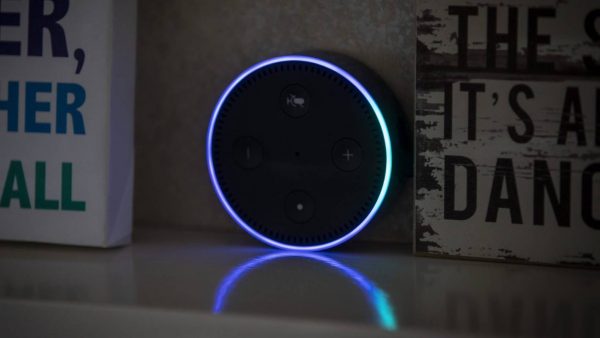

The recording and uploading process exists for two reasons. The first is to refine the responses that Alexa has to offer. This gives Alexa the ability to learn from the queries. As such, it can provide more information each time a query is repeated. This is a progressive slope for Alexa when it comes to usability and reliability.
The recordings also help to improve the speech recognition capabilities of Alexa. Amazon takes a small sample of recordings for transcription and annotation. This includes both legitimate instructions and false-positive recordings. Amazon hires a team of contractors to handle transcription and annotation. At the end of the line, the information is intended to come out useful for the improvement of Alexa’s performance.
Privacy Concerns
This random selection and review process did not sit well with some individuals. The inclusion of some false-positive recordings didn’t help either. Amazon had to find a way to improve the privacy settings of Alexa. Eventually, Amazon added the ability to review and delete recordings through Alexa. Nowadays, users still have little control over the recording process. Nonetheless, they can now opt out of helping with the development process. Amazon added the ability to review and delete recordings from the software.
Amazon Devices with Alexa
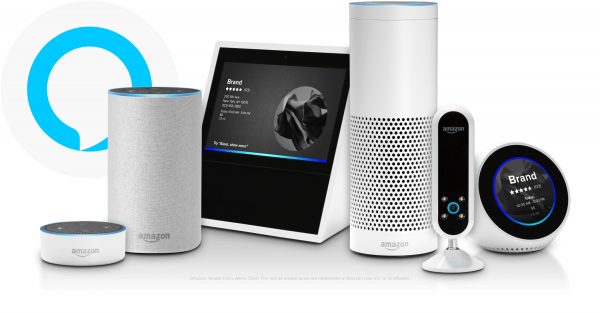

The Amazon Echo is only one of the range of products that has Alexa built-in. It seems that Amazon is very keen on integrating Alexa with all their products. They’re also experimenting with everyday items that can support Alexa. These are seemingly ordinary, single-purpose devices that have been turned into smart devices because of Alexa. These devices have the potential to offer unprecedented levels of convenience and functionality. Some might even surprise and delight you. And all of them look promising. With Alexa as the backbone of your devices, you can just expect to be informed, entertained, and amazed all the time. Here are some of the best Amazon devices that got a boost from Alexa:
Amazon Echo 3rd Gen
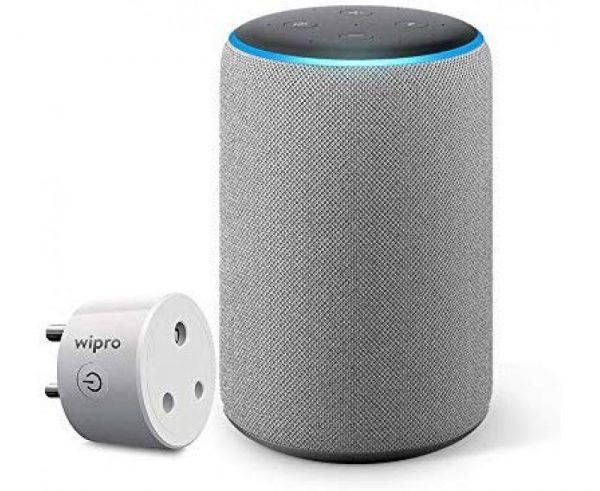

The Amazon Echo 3rd Gen is a modified version of the Amazon Echo Plus. This device takes smart speakers to a new level. It prioritizes sound quality over smart hub integration. The device has all the same features as the Amazon Echo Plus. These, of course, include integration with Alexa. It also possesses the same excellent audio quality as the premium Echo Plus. The only thing deducted from the package is the Zigbee Smart Home Hub. This means you will not be able to control other smart devices at home.
Nonetheless, many users don’t seem to mind this compromise. Most users are content with being able to listen to music with excellent sound quality. These Amazon speakers are also Bluetooth-enabled. This means you can play music from your phone remotely through the device. This device also costs less than the Echo Plus, which is a plus factor. Amazon Echo is overall a stylish, durable, and excellent set of smart speakers.
Amazon Echo Dot
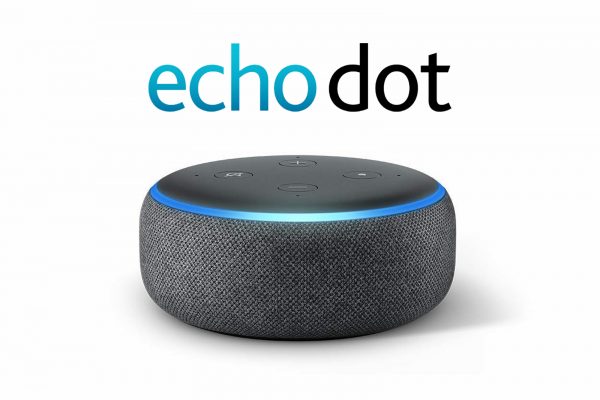

The Amazon Echo Dot is a smaller and cheaper alternative to the premium Echo. The Echo Dot has the physical shape and size of a hockey puck. It’s nearly just a third of the size of the standard Echo tower. Understandably, its small size would have a few but negligible disadvantages. It runs on a smaller micro-USB port, as opposed to the standard plug. It’s speaker functions are also limited. It can receive commands and provide answers from Alexa, but it cannot function as a full-blown speaker. It might be best to plug a set of earphones into this device instead.
Nonetheless, it has the same range for picking up voice commands as its larger siblings. It can understand your queries for as long as you’re within earshot. You can even plug batteries into the device and leave it unplugged while in use. The device is also equipped with the ability to locate you within your home or office. If you have multiple Echo Dots scattered in your home, the device closest to you will respond. The Amazon Echo Dot is a fun-sized with all the best features of Amazon Echo for half the price.
Amazon Echo Link
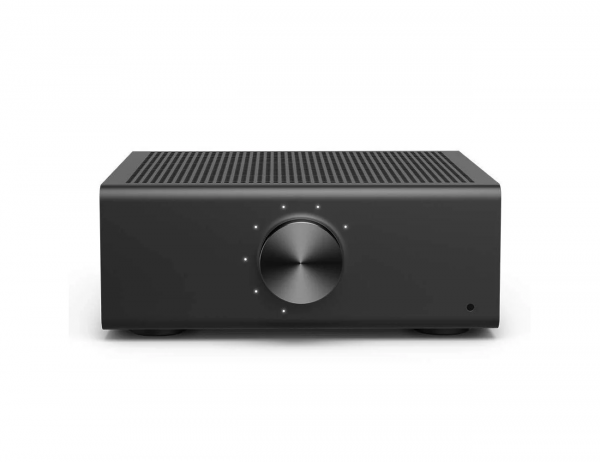

The Echo Link is a modern network audio streamer. The device is designed to be paired with existing speakers and amplifiers you might have at home. But first, it needs to be paired with your Echo device. The Echo Link creates indirect “links” between Alexa and speakers and amplifiers. The Echo Link also supports multiple digital and analog inputs and outputs. This allows you to connect different types of stereo equipment to the device.
What happens is that Alexa intercepts voice commands normally through your Echo device. Alexa then relays instructions to the Echo Link. Echo Link prompts speakers and/or amplifiers to play. Alexa will handle song selection and playback. Alexa is also in charge of accessing online music sources such as Amazon Music, Spotify, and Apple. The Echo Link is simply the go-between of your Echo device and speakers.
Echo Frames


Echo Frames are a pair of glasses with Alexa built-in. The frames resemble normal glasses with black frames, albeit with small differences. It has larger temple sides, with several contact points. The contact points each have a purpose. This includes a port for charging, speakers, and mics. You might be thinking of chunky glasses now. But in truth, it’s lightweight and the buttons are barely noticeable. There’s a button on the underside of the frame that switches listening on and off. This way, you can pick when to use the glasses normally and when to turn on Alexa. You’ll also be able to hear Alexa clearly through micro-speakers on the frames. You can also play music, but that audio isn’t so private.
The frames have also been compared to Google Glass. But this only has audio functions while Google Glass had AR. You can change the lenses based on your vision scales. Only the frames have the specs. And you also need to charge the frames regularly. Some people might find the concept of smart glasses geeky. Nonetheless, you have to admit that it’s a sleek and subtle step forward towards wearable devices.
Echo Buds
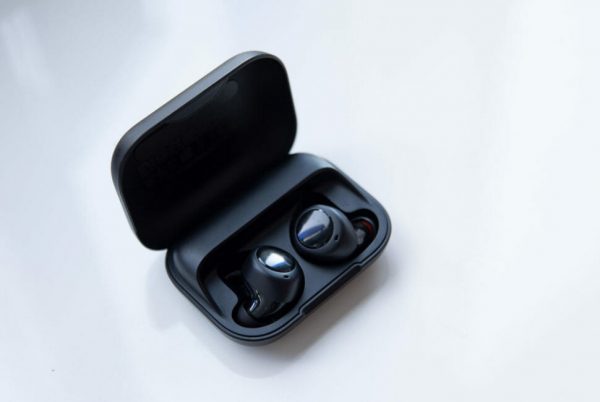

The Echo Buds are wireless earbuds. The pair of buds offer great sound quality for your tunes. And like all Amazon ventures, these pods are also integrated with Alexa. This means the buds are always listening for the Alexa command. You can even make and receive calls through the earbuds. All that, and you don’t need to press any buttons. The pods have batteries that do need to be charged regularly. Nonetheless, the batteries last a good-enough five hours per charge.
The pods are very intuitive and automatic in their responses. For example, taking out the buds automatically pauses the music. Putting them back automatically resumes the song. Besides this, the buds are equipped with customizable touch controls. A double-tap on the pods by default activates background noise reduction. This is great for commuters who are keen on blocking background noises. This might include anything from vehicular noise and background chatter. You can change what the taps execute using the software. You can also turn off the microphones and control Alexa through the software.
Pros and Cons of Amazon Alexa
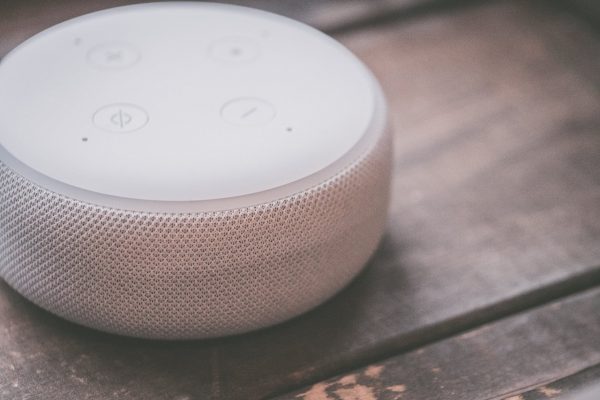

Advantages of Amazon Alexa
As a hands-free virtual assistant, Alexa can save you significant time and effort handling certain tasks. Alexa handles basic research, entertainment, and communications concerns. Plenty of things can be done for you, without you ever having to lift a finger. Alexa can help you listen to your favorite songs, make shopping lists, and set alarms. You can also check weather and traffic updates, and look up basic terms online.
Alexa is also great for keeping in touch with family and friends. She can initiate and receive calls on your behalf so you never miss out. You can also listen to your favorite music, audiobooks, and much more. With Amazon Echo Show, you can even watch videos completely hands-free. All of these great features are intended to make your life easier, so you can relax and focus on what matters.
Alexa is also at the forefront of the Internet of Things (IoT). Alexa also functions as a smart hub. This means it can act as the command post for all your smart devices. This might include your smart lights, vacuum cleaners, and even security cameras. These are just a few of the practical applications of IoT. Of course, there are your tablets, phones, and computers that are connected to the same network. You can read other examples through this piece, 10 IoT examples in today’s world.
As a smart hub, it has great potential for connecting devices. These include devices that you already have and those that have yet to be developed. Alexa may just be a personal assistant, but she is also a glimpse into the future. For more information on the topic, we highly recommend that you read the benefits of IoT for smart homes.
Disadvantages of Amazon Alexa
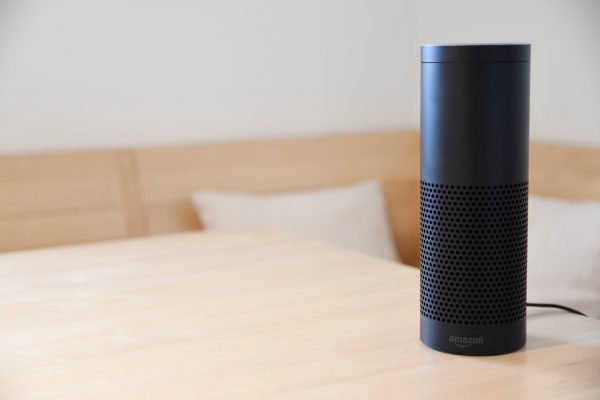

Alexa is great as a digital assistant, but the technology isn’t perfect. There are some risks attached to having smart devices turned on 24/7. This is also at the heart of the discussion on whether Alexa is always listening. The probability of having false-positive recordings are small, but they still exist. And we already know that all recordings made by Alexa are automatically uploaded to a cloud. And that Amazon takes a sample of these recordings to be studied.
Alexa relies on a larger ecosystem. Some of the aspects of this development are too technical for most users to comprehend. And it would take a while before Amazon can establish long-term changes with regards to data privacy. It’s not the technology per se but the practices surrounding the upkeep of the technology. Luckily, Amazon provided consumers with a way to review and delete recordings. It’s really up to us consumers to protect ourselves by learning how to manage Alexa.
How to Adjust Privacy Settings on Alexa
If you were alarmed by the explanation to the “is Alexa always listening?” question, you will need to take action. You can stop Alexa from listening to your activities in various ways. The first has nothing to do with Alexa, as you would simply turn off the microphone function. The next option is to configure Alexa.
This works in two ways. You can configure Alexa to accept voice commands for the deletion of your recordings. You can also instruct that your recordings not be sent to the cloud for analysis. The last option is to manually remove the recordings from the cloud using your computer or device. You can also review your recordings before deletion.
Method 1: Disable the Microphone
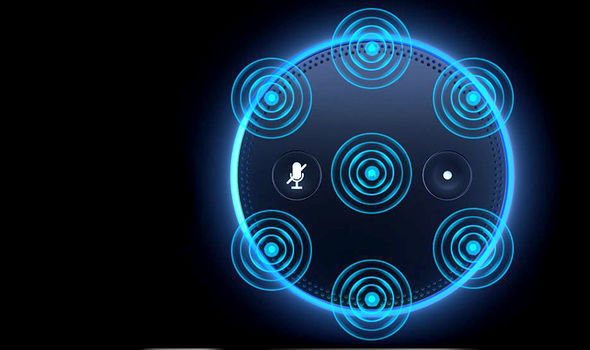

The quickest and simplest way to stop Alexa from listening in is to turn off the microphone on your device. To do this, simply press the physical microphone button for a few seconds. This will electronically disconnect your microphone. Doing so will make it impossible for Alexa to listen to or record anything. This should also prove easier than unplugging the device. You won’t experience a reboot upon turning the microphone back on. This is best for when you’re doing something you’d rather keep private. It also works if you have people coming over, as this could trigger Alexa more easily. Be warned though that this is a temporary solution. You’re going to have to turn the microphone back on if you need Alexa.
Method 2: Instruct Alexa to Delete Recordings
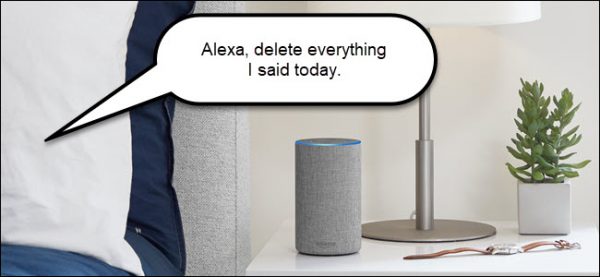

Another quick way to have Alexa delete your recordings is to instruct her. This is best done at the end of the day, week, or month. But before you can do this, you’ll need to configure the voice command for deletion first. Here’s how:
- Open the Amazon Alexa application on your Android, iOS, or Amazon device.
- Go to Settings.
- Select “Alexa Account” followed by “Alexa Privacy.”
- Click on “Review Voice History.”
- Toggle on the “Enable Deletion by Voice Feature.”
Once this is enabled, you can instruct Alexa to delete your recordings. To do this, simply say “Alexa, delete everything I said today.” You can change today to this week and to this month. Anything recorded for the past twenty-four hours until the moment you uttered the command will be deleted.
Method 3: Configure Privacy Settings
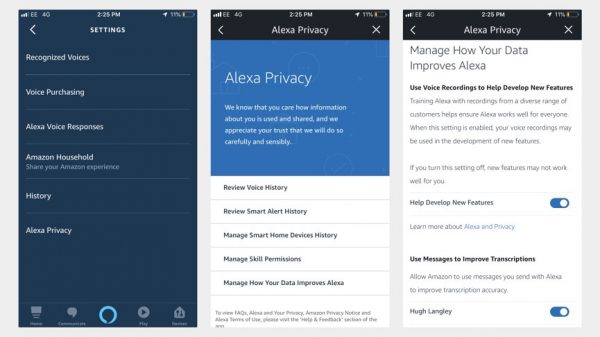

You can withdraw your consent from allowing Amazon to use your data to improve Alexa. By doing so, you also remove your consent to having any human review your Alexa recordings at random. This is done through your Android, iOS, or Amazon device with Amazon Alexa. This is best for making sure that none of your recordings are forwarded for review. It’s also a permanent action unless you re-set settings. Here’s how:
- Open the Amazon Alexa application on your Android, iOS, or Amazon device.
- Click on “Settings.” Select “Alexa Account” from the list of options.
- Select “Alexa Privacy” at the bottom of the scroll-down options.
- Select “Manage how your data improves Alexa.”
- Turn off or disable the toggle with “Help Develop New Features.” Amazon will provide a warning that disabling these buttons might cause some features to not work properly.
- Disable other toggles under the “Use Messages to Improve Transcription” tab. These represent your family members or other devices connected to the network.
- Click on OK if you accept.
Method 4: Delete Recordings Manually
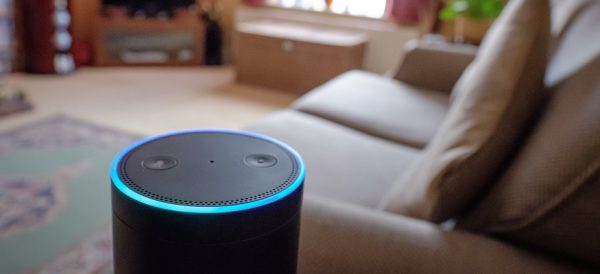

Configuring Alexa’s settings withholds your consent for Amazon to review your Alexa recordings. Even so, this doesn’t delete the recordings already uploaded to the cloud. Some of these recordings could be false positives. This could still lead to embarrassing situations. To make sure everything’s clean, you’ll have to delete everything. This is akin to deleting the contents of your Recycle Bin. Luckily, you can also review your pile of recordings before you delete them. The effects of deletion are permanent but the process must be repeated at least once a month.
How to Delete Recordings Through Amazon:
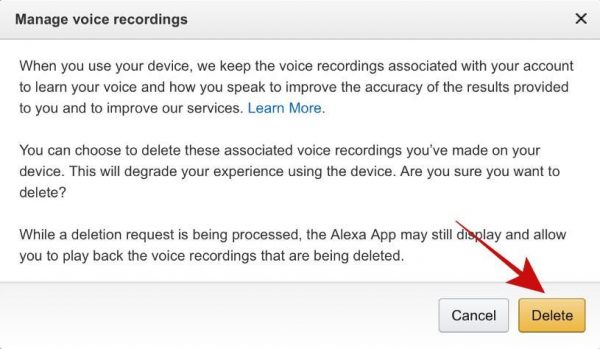

- Open any web browser and go to the Amazon main web page. Sign in with your credentials.
- Click on “Account and Lists” from the main tab in the upper right-hand corner.
- Select Your “Content and Devices.”
- Click on “Your Devices” panel. This is to the right of the “Your Content” tab.
- Look for the Amazon device you want to clear (e.g., Amazon Echo Dot)
- Click on the rectangular toggle to the left of the device.
- Select “Manage Device Recordings.”
- A disclaimer will appear with a “Cancel” and “Delete” buttons. Pressing Delete at this stage will automatically erase all your past recordings. You can also review the list of recordings individually and delete them one by one.
How to Delete Recordings Through the Alexa App:
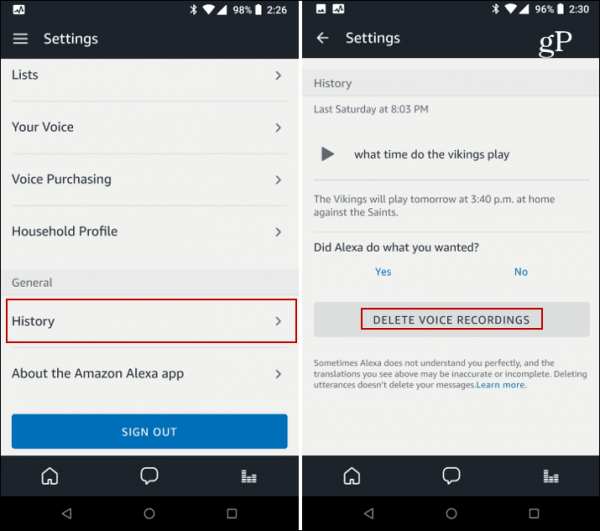

- Open the Amazon Alexa application on your Android, iOS, or Amazon device.
- Click on “Settings.” Select “Alexa Account” from the list of options.
- Select “Alexa Privacy” at the bottom of the scroll-down options.
- Click on “Review Voice History.”
- Select one recording or all recordings for deletion.
- Click on the “Delete Selected Recordings” from the action tray.
A Holistic Approach to Online Privacy


Many people take online security for granted. This happens not because people think security is irrelevant. It happens because a lot of people think it’s too technical and complicated. But at its core, ensuring your own safety online just takes some diligence. This is something that you can accomplish with the help of the right tools. Adjusting privacy settings on your smart device is just one of the many steps you can take. There are plenty of other security measures you can take. Begin by reading this article on the best cybersecurity practices you must follow.
If you use the internet at all, you’re also going to need reliable antivirus software. This should help detect potential malware from all potential entry points. Here’s a piece discussing the top five antivirus software available in the market to help you out. If you have plenty of accounts online, it also helps to have a reliable password manager. This should keep your passwords and other credentials safe from potentially harmful websites. Finally, you should install a virtual private network (VPN) to keep you safe online. VPNs mask your online activity and location. This is so you can rest assured that your online activities are not tracked. Read this ultimate guide on how to set up a VPN as a reference.
Final Thoughts on Amazon Alexa


We hope that by now you will have an answer to the question of “Is Alexa always listening?” And we’re hoping that you were able to learn a few tricks on how to manage Alexa to reduce the security risks that come with this listening pose. We use the word “manage” because some functions can’t be turned off. And the problems only start to emerge as an offshoot of basic functions. Sometimes protecting your data feels like a constant battle. But this is exactly why we have privacy laws and controls. It’s about making the effort to manage your device and making the most of existing controls. Keeping a smart device under your control is not an easy task, but not impossible. Taking extra precautions will help keep you safe. You can also enjoy the full benefits of the smart devices that you paid for with your hard-earned money.











